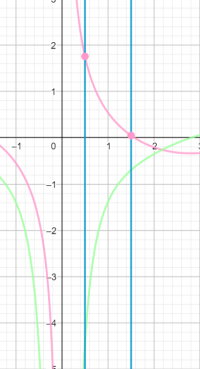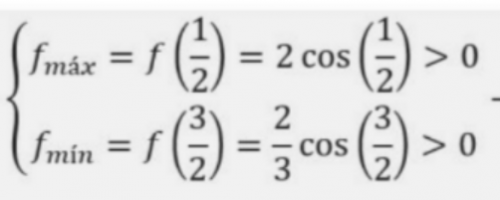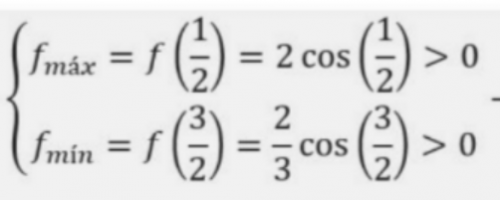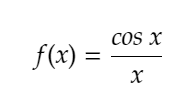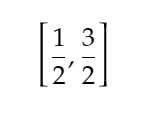tatibarrera231
New member
- Joined
- May 11, 2021
- Messages
- 8
Hi, I've been trying to solve this calculus ll exercise and I have been having problems, I wanted to know if you can examine it and tell me what you think, Is it wrong? Is it right?, What am I doing wrong?, How you would do it?, anything helps. Hope you can help and thank you very much in advance
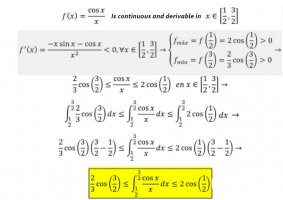
And I also had a few extra questions if anyone can help me understand;
1. I wanted to know if it would be correct to say that as f'(x) ≠ ∀ x ∈ (1/2, 3/2) and also f'(x) < 0 ∀ x ∈ (1/2, 3/2), then the function is decreasing and consequently the maximum value is reached at the lower limit of the interval, just as the minimum is reached at the upper limit?
2. And if the decreasing function in that interval is the slope of the tangent line for each value within that interval would be negative, therefore the derivative of f(x) would be negative?
3. And if you have to place the function between its absolute ends and apply the property to find the dimensions? And how would it be done?
I will be attentive to any help you guys can give me and I thank you very much in advance for your time even if you do not help me I am very grateful for taking the time to read the message.
- Is continuous and derivable for the function
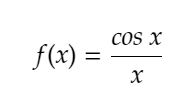 in
in 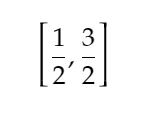 , determine its absolute ends and use the "Comparison Property" to find upper and lower dimensions for the area of the region enclosed by the graph of f and the x-axis, in the given interval
, determine its absolute ends and use the "Comparison Property" to find upper and lower dimensions for the area of the region enclosed by the graph of f and the x-axis, in the given interval

And I also had a few extra questions if anyone can help me understand;
1. I wanted to know if it would be correct to say that as f'(x) ≠ ∀ x ∈ (1/2, 3/2) and also f'(x) < 0 ∀ x ∈ (1/2, 3/2), then the function is decreasing and consequently the maximum value is reached at the lower limit of the interval, just as the minimum is reached at the upper limit?
2. And if the decreasing function in that interval is the slope of the tangent line for each value within that interval would be negative, therefore the derivative of f(x) would be negative?
3. And if you have to place the function between its absolute ends and apply the property to find the dimensions? And how would it be done?
I will be attentive to any help you guys can give me and I thank you very much in advance for your time even if you do not help me I am very grateful for taking the time to read the message.

